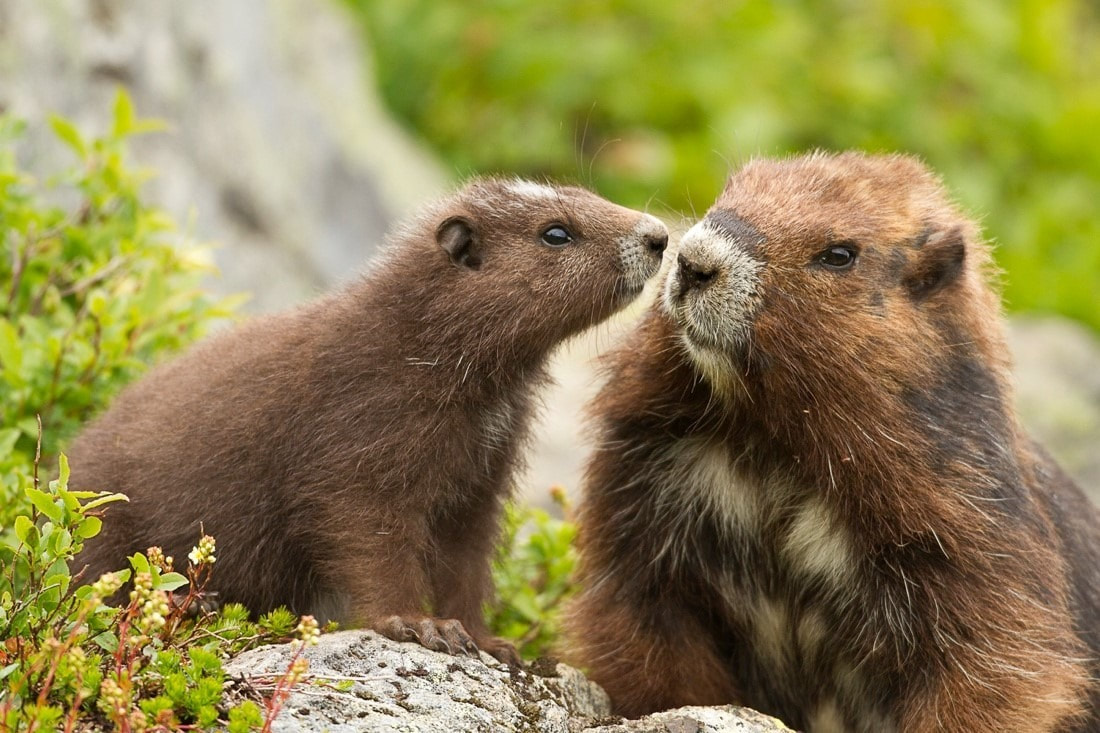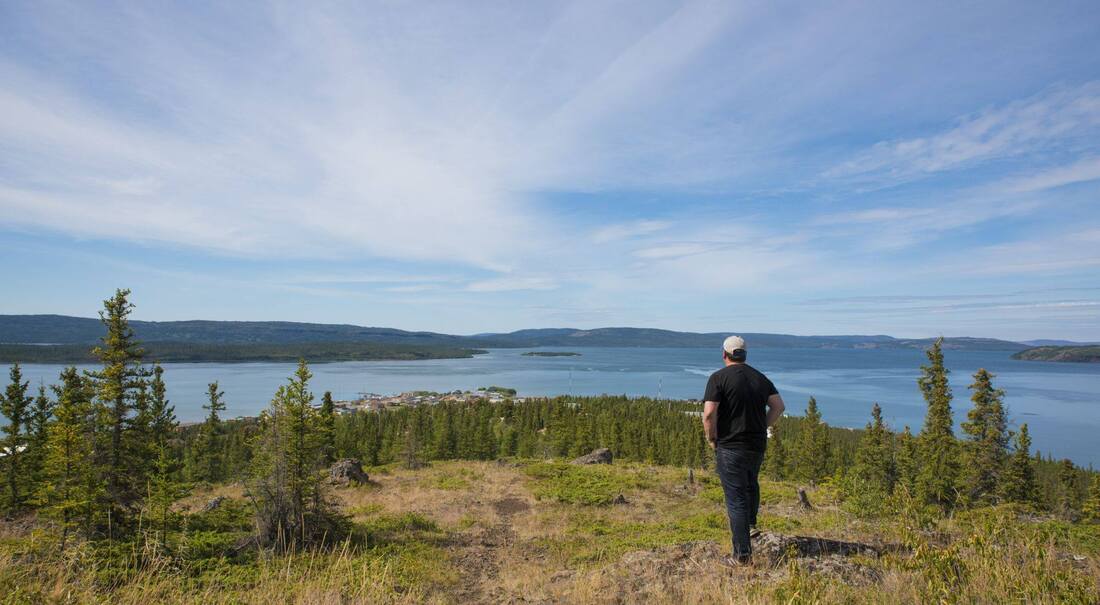|
by Sara Mak We are in the midst of a mass extinction event. And unlike the five previous mass extinctions (which were caused by large-scale natural phenomena such as widespread volcanic activity or a huge chunk of space rock colliding with the earth’s surface), this one is on us. Throughout history, humans have fought to control nature and use its resources for human advancement. Indeed, no other species in Earth’s 4.3-billion-year history has ever had such a significant impact on the planet in such a short amount of time. As the name suggests, a mass extinction event occurs when many flora and fauna species are at risk of being wiped out. In fact, the United Nation’s 2019 Global Assessment Report on Biodiversity and Ecosystem Services reports that one in four (or approximately one million) species is facing extinction — 1,000 to 10,000 times more than natural background rates (Wilson, 2019). Vancouver Island marmots are the most endangered mammal in Canada. They, alongside countless other species, are on the verge of extinction. Photo by Jared Hobb. Time is running out. Now that we are able to see the damage (both because of modern advances and because of the exacerbated effects of climate change), we need to take immediate action. Mass extinction is not something that can be reversed with a simple “ctrl + z”, however, since we were the catalysts, perhaps we can be the solution as well. What’s the plan? First and foremost, the contribution of the international community is key. In 2010, the United Nations Convention for Biological Diversity (CBD) created the Strategic Plan for Biodiversity, which comprises of five strategic goals:
Second, and perhaps just as important as the leadership of the international community, is the participation of Indigenous communities. A study by Schuster et al (2019) found that lands managed or co-managed by Indigenous communities had the highest levels of biodiversity. Compared to other methods, Indigenous land practices tend to be less exploitative, which means less deforestation and land degradation, as well as more sustainable forest use. Currently, one-quarter of Earth’s land surface is designated Indigenous land. With their help, we can apply the environmental stewardship demonstrated in these areas on a global scale. Thaidene Nëné, a protected-area zone co-governed by the Łutsël K’é Dene First Nation in the Northwest Territories. Photo by Pat Kane.
1 Comment
3/18/2020 07:26:05 am
I learned a lot from your blog. Thank you for sharing the articles.
Reply
Leave a Reply. |
ELB MembersBlogs are written by ELB members who want to share their stories about Ontario's biodiversity. Archives
January 2023
Categories
All
|




 RSS Feed
RSS Feed